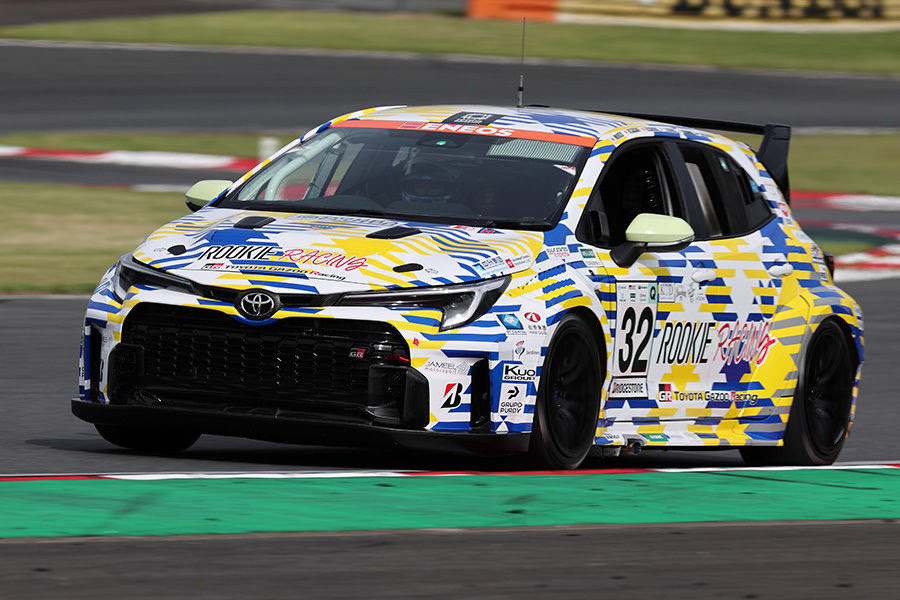Get ready to rev your engines and take a thrilling ride back to the golden era of stock car racing! The 90s NASCAR cars were more than just vehicles; they were icons that captured the hearts of millions and defined an entire decade of motorsports. These powerful machines, with their colorful paint schemes and thunderous engines, brought excitement to tracks across America and had a huge impact on racing culture.
In this high-octane journey, we’ll explore the rise of stock car racing in the 90s and showcase some of the most iconic NASCAR models that dominated the speedways. We’ll also zoom in on the legendary drivers who became household names, along with their signature cars that left tire marks on history. Plus, we’ll examine the lasting legacy of 90s NASCAR and how it continues to influence the sport today. As we dive into this nostalgic racing era, it’s impossible not to draw comparisons to other classic vehicles from the period, such as the rugged **vintage Mercedes SUVs** that embodied strength and style on the road, just as these NASCAR legends did on the track. Buckle up, race fans – it’s time to hit the gas and dive into the world of 90s NASCAR cars!
The Rise of Stock Car Racing in the 90s
The 1990s marked a turning point for NASCAR, transforming it from a regional pastime into a nationwide phenomenon. This shift had a huge impact on the sport’s popularity, thanks to increased TV coverage that brought the excitement of stock car racing into living rooms across America. The expanded visibility attracted new fans and sponsors, leading to a boom in the sport’s commercial success.
NASCAR’s growth during this decade was meteoric. The organization added races in new markets, including New England, Los Angeles, and Las Vegas. This expansion helped break down stereotypes and made NASCAR more accessible to a diverse audience. The sport’s increasing appeal drew in sponsors from various industries, not just automotive, which led to more investment in teams and technology.
Iconic NASCAR Models of the 1990s
The 90s saw some truly legendary NASCAR models hit the track. The 1985 Ford Thunderbird, driven by Bill Elliott, set mind-blowing qualifying speed records over 200 mph. Dale Earnhardt’s 1991 Chevrolet Lumina helped cement his status as “The Intimidator.” Pontiac’s 1987 Grand Prix Aero Coupe featured an extended rear windshield and shortened deck lid for improved aerodynamics. The 1997 Chevy Lumina, a fourth-generation stock car, was hailed as the most aerodynamic NASCAR vehicle of its time, boasting an impressive 745 horsepower. These cars weren’t just fast; they were engineering marvels that pushed the boundaries of what was possible on the racetrack.
Legendary Drivers and Their Signature Cars
The 90s NASCAR scene was dominated by iconic drivers who became household names. Dale Earnhardt, known as “The Intimidator,” won four of his seven championships during this decade, securing 35 race wins. Jeff Gordon, statistically the best driver of the 90s, racked up an impressive 49 wins and three Cup Series titles in just seven full-time seasons. Rusty Wallace stood out as the only driver to win at least one race every year of the decade, totaling 33 victories. These legends were often associated with their signature cars, like Earnhardt’s black No. 3 Goodwrench Chevrolet and Gordon’s colorful No. 24 DuPont Chevrolet. Their rivalries and accomplishments had a huge impact on NASCAR’s growing popularity.
The Legacy of 90s NASCAR
The 90s era of NASCAR has a huge impact on the sport today. The decade’s unique marketing strategies proved effective in growing the sport’s popularity. Iconic paint schemes and long-term sponsor relationships became a hallmark of this period. The thunderous sound of NASCAR engines at tracks like Daytona became unforgettable. Even video games like NASCAR Thunder 2004 captured fans’ hearts with features missing in modern games. However, the sport faced challenges in maintaining its momentum into the 2000s. Some argue that the construction of “cookie-cutter” tracks contributed to a decline in excitement. Despite these challenges, the 90s remain a golden age in NASCAR history, inspiring nostalgia and influencing the sport’s future direction.
Conclusion
The 90s era of NASCAR has left an indelible mark on the world of motorsports. From the rise of stock car racing to the iconic models that roared around the tracks, this decade shaped the sport in ways that continue to resonate today. The legendary drivers and their signature cars became household names, capturing the hearts of fans across America and beyond. Their rivalries and accomplishments had a huge impact on NASCAR’s growing popularity, turning it into a nationwide phenomenon.
Looking back, it’s clear that the 90s were a golden age for NASCAR. The unique marketing strategies and long-term sponsor relationships developed during this time proved effective in growing the sport’s appeal. While NASCAR has faced challenges in maintaining its momentum, the legacy of the 90s continues to inspire nostalgia and shape the future direction of the sport. The thunderous engines, colorful paint schemes, and unforgettable races of this era remain etched in the memories of fans, much like the iconic vintage Mercedes SUVs, which continue to evoke admiration for their enduring performance and design. These vehicles, like the 90s NASCAR legends, serve as timeless symbols of automotive excellence.







